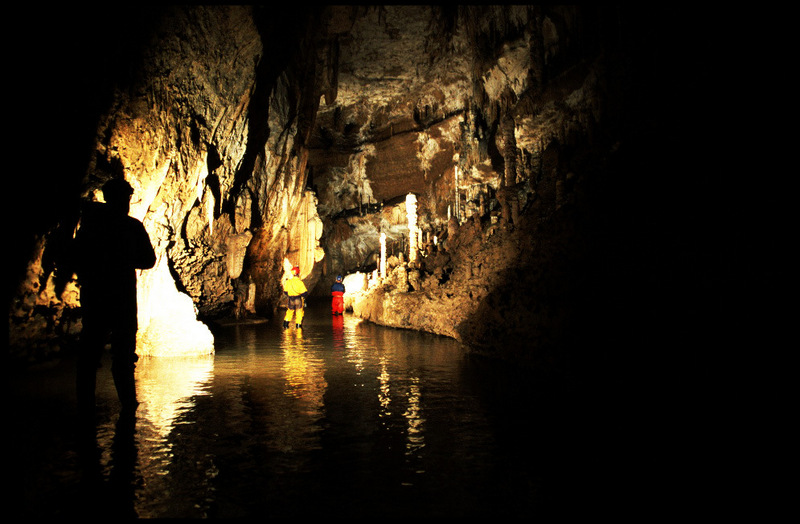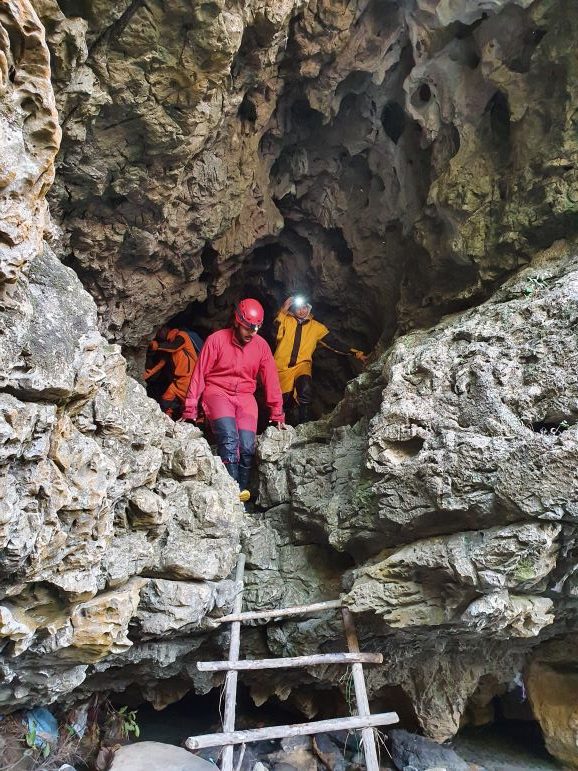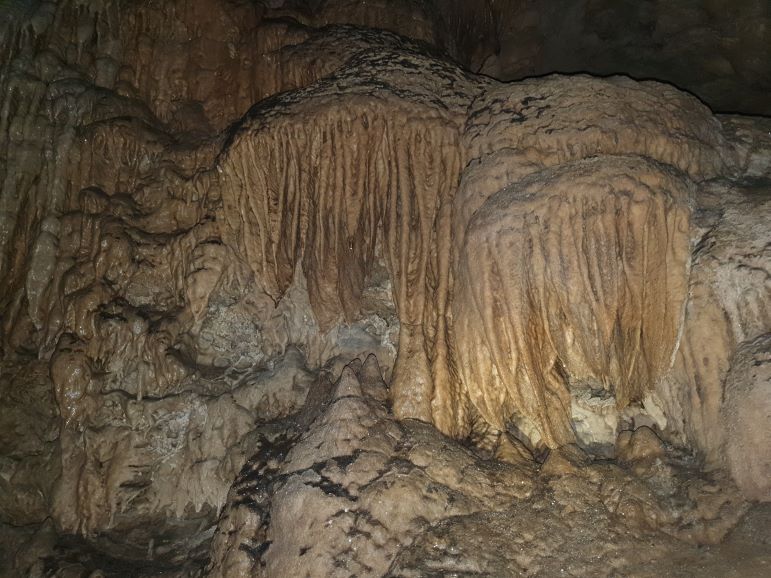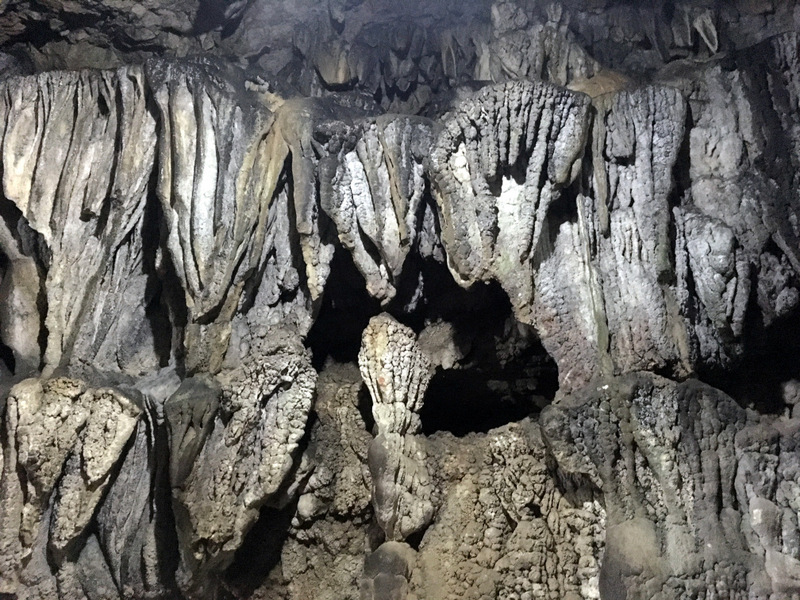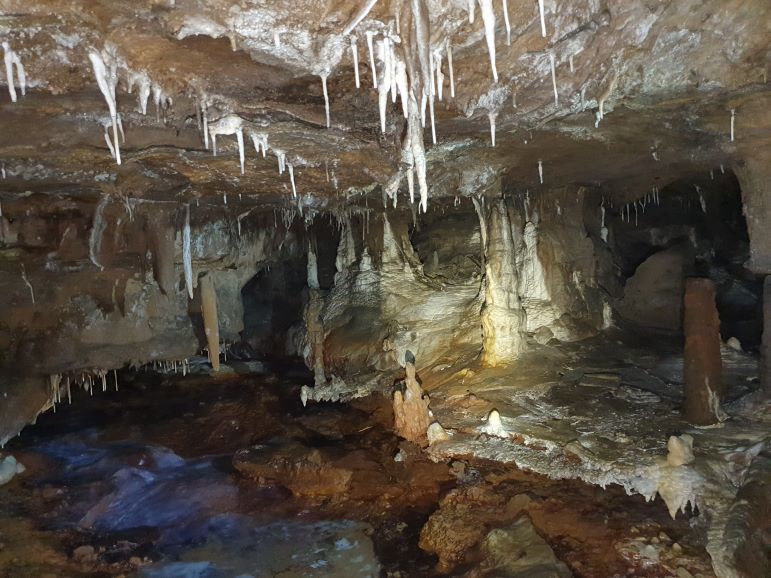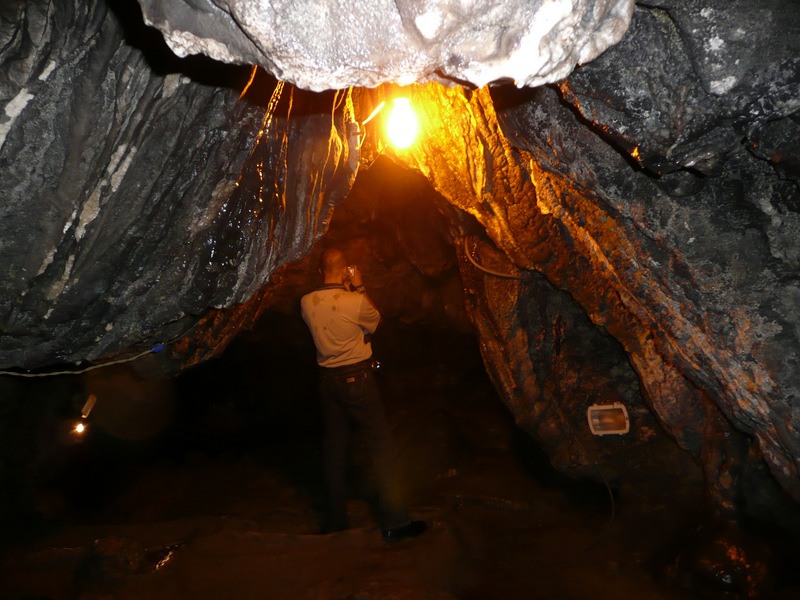MEGHALAYAN AGE
The GSSP of Meghalayan Age from Mawmluh Cave
The Holocene is the most recent stratigraphic unit within the earth’s geological record of 4.6 billon years and the cover the time interval from 11700 years until the present day and is divided into Early Holocene Greenlandian Age (11,700 years ago), the Middle Holocene Northgrippian Age (about 8300 yearss) and Late Holocene Meghalayan Age (initiated 4200 years ago and continues to the present). High Resolution stable isotopic studies of the stalagmites from Mawmluh cave, Cherrapunji-Sohra, have shown that there was a major climatic event about 4200 years ago. A significant weakening of the monsoon is recorded by a mega-drought event which had a strong effect on the amount of precipitation and therefore on human civilizations worldwide. This marked the beginning of the Meghalayan Age.
The stalagmite in the Mawmluh cave has now been tagged a Global Boundary Stratotype Section and Points (GSSP), the first formally ratified marker of a geological time period in India. The interior of the cave is decorated with stalactites, stalagmites, pillars, columns, cave-curtains, cave-drapes, cave-pearls, moon milk making the cave an important geomorphologic feature.
The Mawmluh cave has formed in the Lower Syhllet limestone Member of the Shella formation of the Jaintia Group which is underlain by the Therria Sandstone unit. The Lower Sylhet Limestone Member off lower Palaeogene age(56-59 million years ago) has foraminifers, algae, gastropods and echinoids.
(For further reading on the Meghlayan Age- Click Here)
(Article Courtesy: North Eastern Region, Shillong, Geological Survey of India, Govt. of India)
 Cave Chamber
Cave Chamber Mawmluh Cave Entrance
Mawmluh Cave Entrance Cave Drapes
Cave Drapes Cave Drapes
Cave Drapes Stalactites & Stalagmites
Stalactites & Stalagmites Cave Passage
Cave Passage
